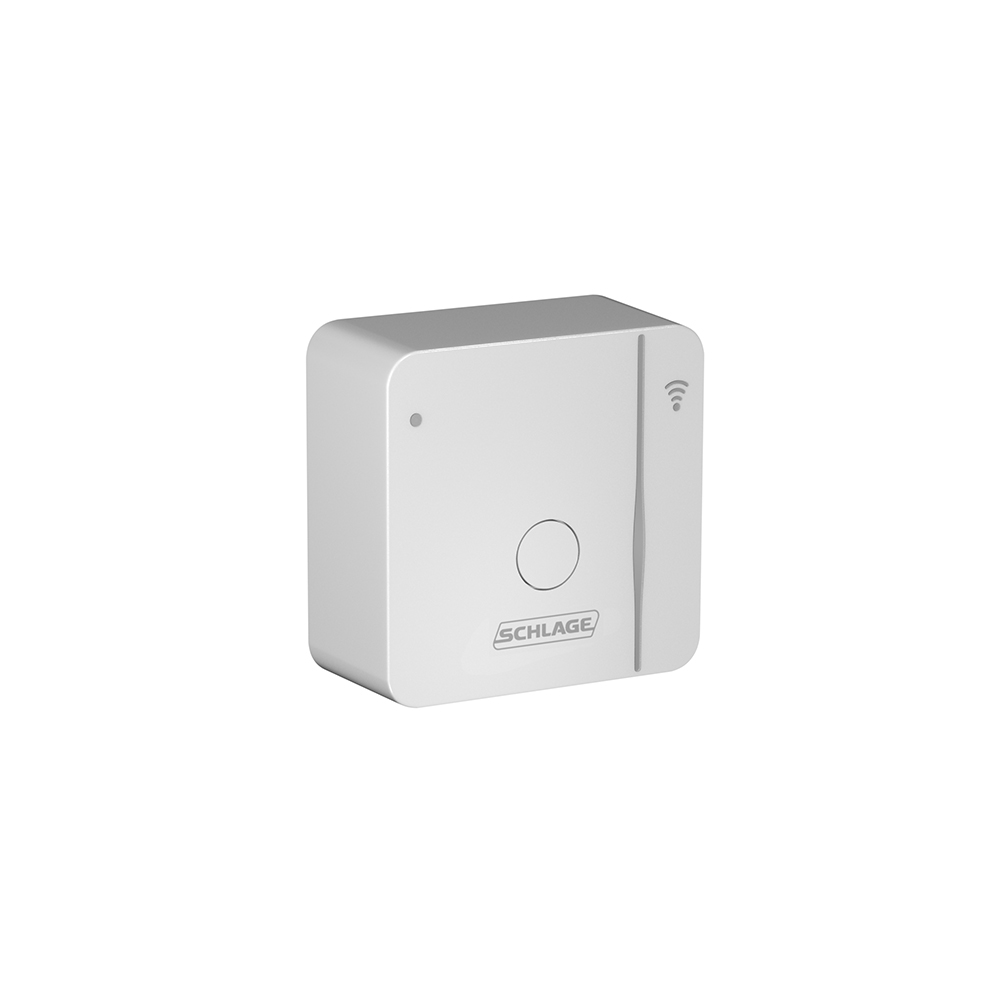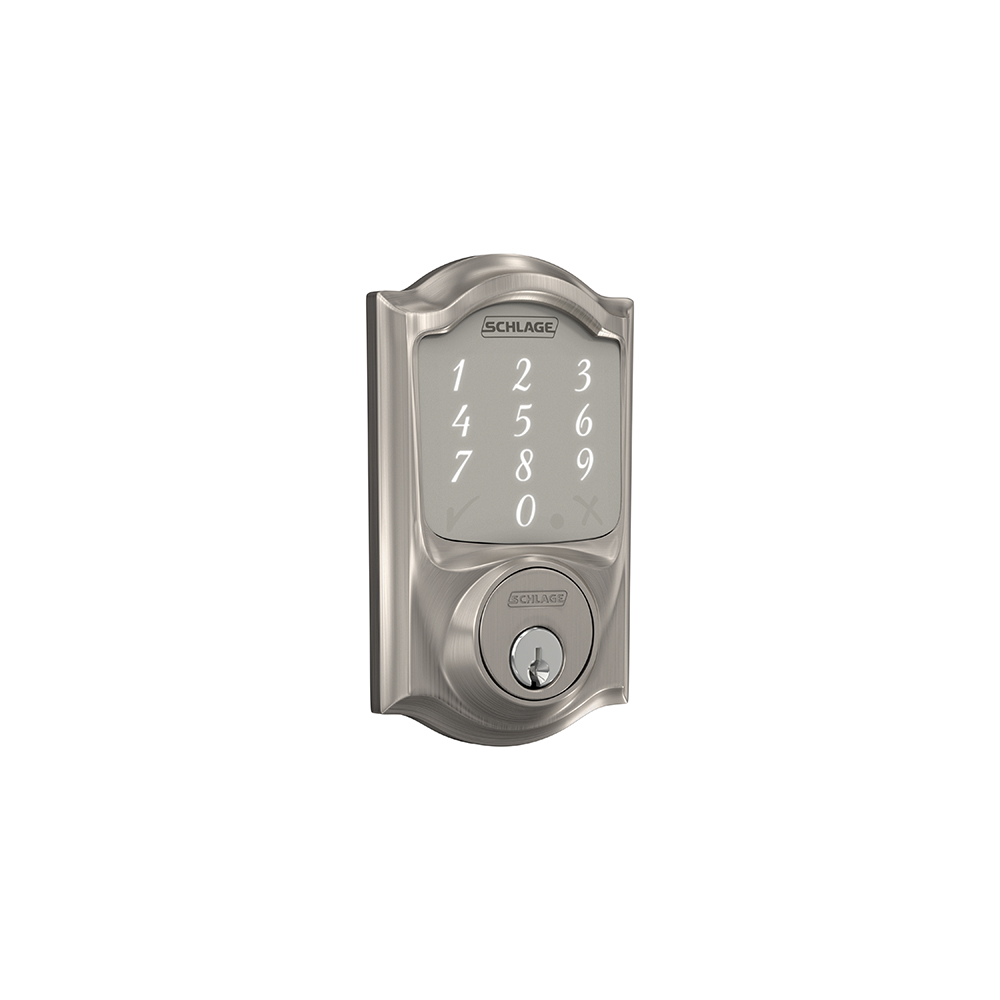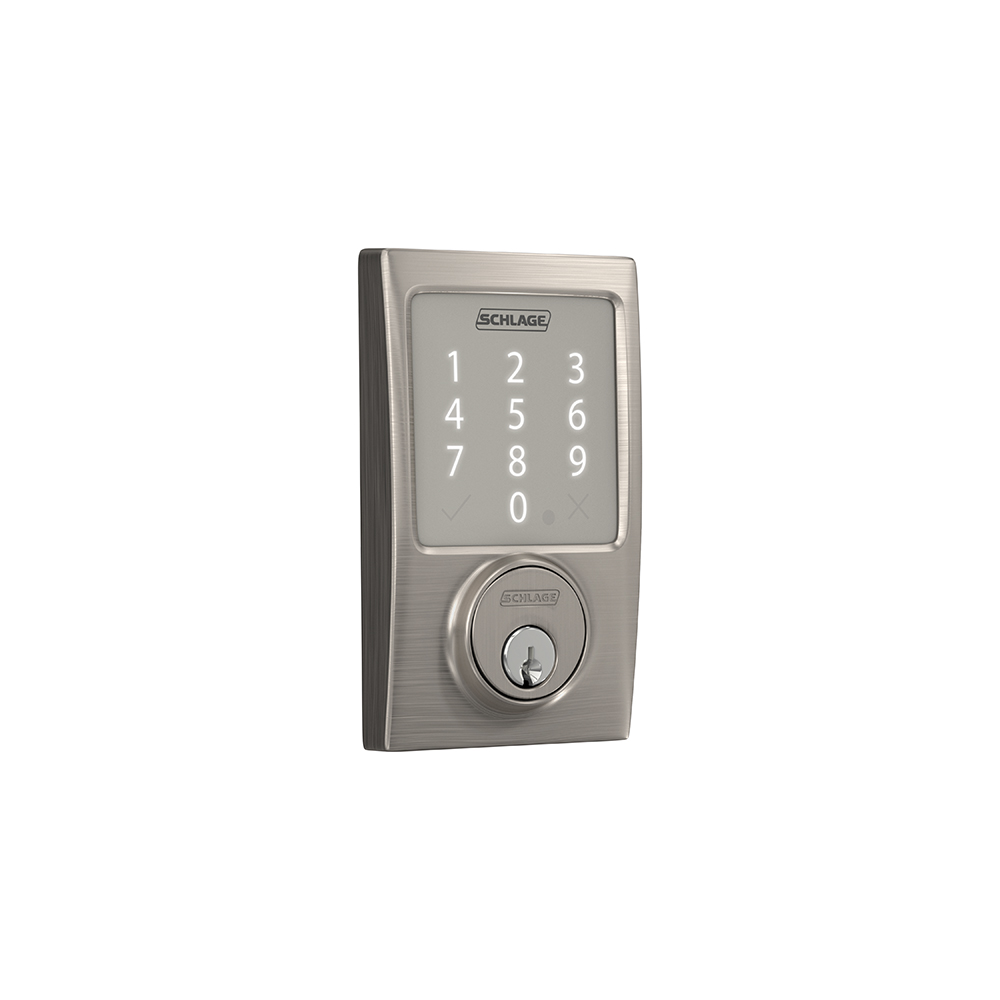The importance of flexibility when selecting IoT technology
Tuesday, August 15, 2017
Futurist Rob Martens explains how today's IoT technology must be flexible to be successful.
In my experience, these conversations and interactions quickly become a discussion about operating systems. When the term operating system is used, many of us think about our personal computing devices: phones, tablets, perhaps a laptop. But today’s operating systems aren’t necessarily tied to a single piece of hardware or a traditional “technology tool.” They can be ubiquitous, completely cloud-based and interact with devices based on circumstance.
That said, in the more traditional vein we have operating systems for our watches, cars, and I would certainly now argue for our homes. All of these operating systems appear to be on very different paths to maturity, but in reality, they are following a similar map, largely based on the core foundations of their construction.
To understand these paths, start with the basics. For IoT-oriented solutions, the three core contributors to growth/maturity are:
- The cost and availability of sensors
- The decreasing cost of data transport
- The decreasing cost and increasing efficiency of data cleansing/optimization tools
Sensors are affordable, and becoming more so daily. These sensors are also delivering more data than ever before. The cost of the pipes and transport of this data continue to decrease and become more accessible. All of this unstructured or “dirty” data is now more easily cleansed, sorted and made available through optimization tools. These are foundational, core trends that feed the ability for IoT operating systems to exist. These core components allow for these maturing operating systems to form, evolve and expand at the rapid pace we are witnessing.
I work for a company that makes security and safety products focused on where people work, live and play. My job is challenging and immensely interesting to me, because we are in the process of bridging a divide. On one side are the typically hardened, tough metal objects meant to keep out the people you don’t want coming in, and on the other are newer digital components that are meant to protect but can also enable a higher level of convenience, interoperability and function than ever before.
So let’s focus on the evolving home or building operating system for a moment. Some call them Smart Homes or Smart Buildings. Here we are finding the fusion of energy management, security and most recently, convenience. Historically, energy management and security are well understood. We manage the costs of lighting, HVAC, etc. We understand why it is important to have locks on our doors and to keep our buildings secure. The seed change of the IoT in this operating system is now appearing. By installing connected, smart or sensor-driven devices, we are effectively bringing the element of convenience to more people. As we witness the fusion of these historically disparate elements of energy management, security and convenience together, we can provide a more tailored and personalized experience to the user. In other words, we can provide flexibility.
Will my watch, car and home be able to support multiple operating systems? What if I want just one? Or will these operating systems themselves demonstrate the type of flexibility that consumers crave and demand as the technology matures? How will these operating systems evolve? If I choose one, am I stuck?
Great questions, and early on, operating systems have been very proprietary. History shows us that less proprietary systems are typically faster to evolve and change, allowing them to adopt newer technology to positively impact function, availability and costs. Again, in a word, flexibility.
In addition to the influence of traditional market demand-based innovative design and crave-worthy marketing efforts will be the critical elements of security, privacy and the management of data. These elements are potential game changers if not suitably and continuously addressed. There is no flexibility here.
Operating systems will become broader and more transparent as IoT-oriented devices and tools enter our lives in masse. The growth curve is undeniable, and the opportunities are becoming much more obvious to even the least exposed observers. The measure of adoption and perhaps most importantly, satisfaction that they deliver will be largely dependent on how flexible they are for the user. To learn more, visit Schlage.com/thoughtleadership.
Rob Martens | Futurist and VP of Strategy and Partnerships
Rob Martens uses his unique talent for identifying patterns and associations to look for mega trends in technology, as well as the ways they can be used to improve the average person’s day.














